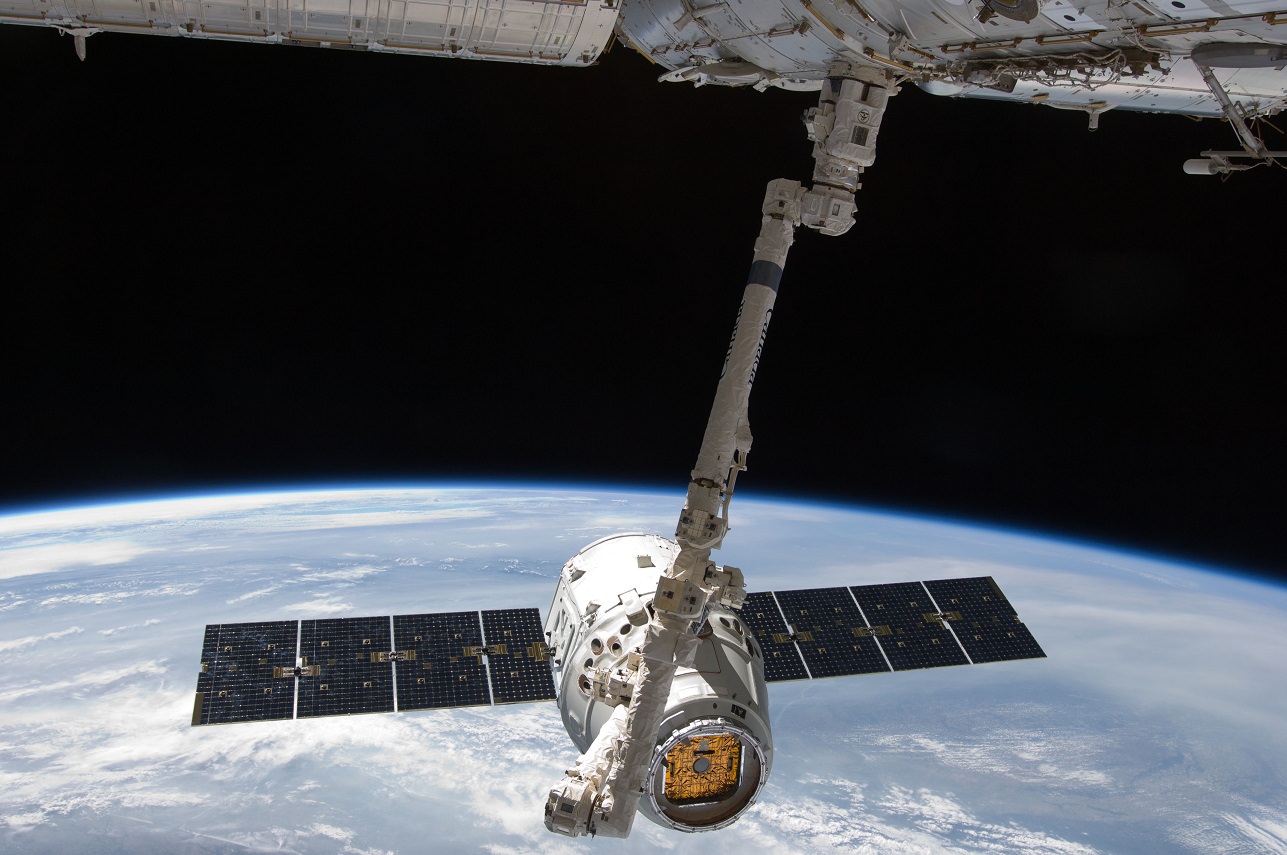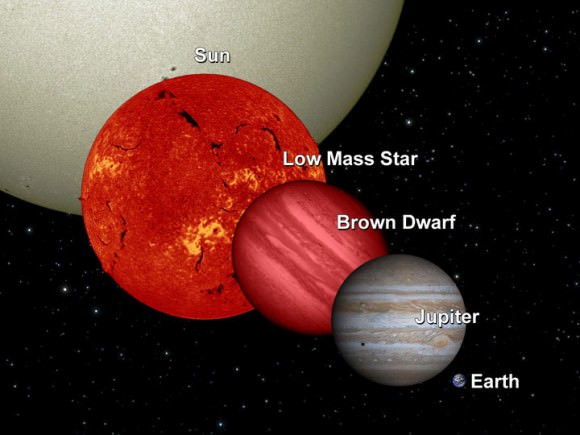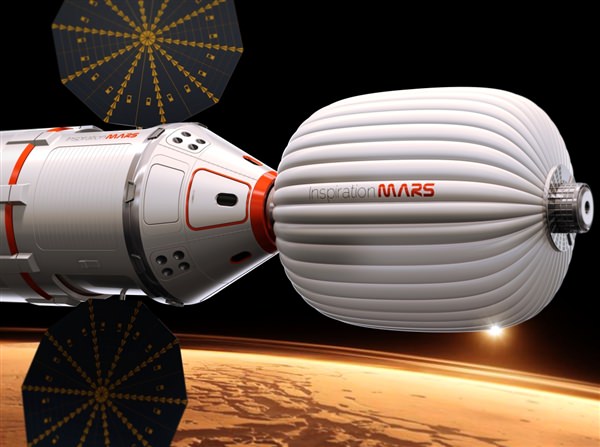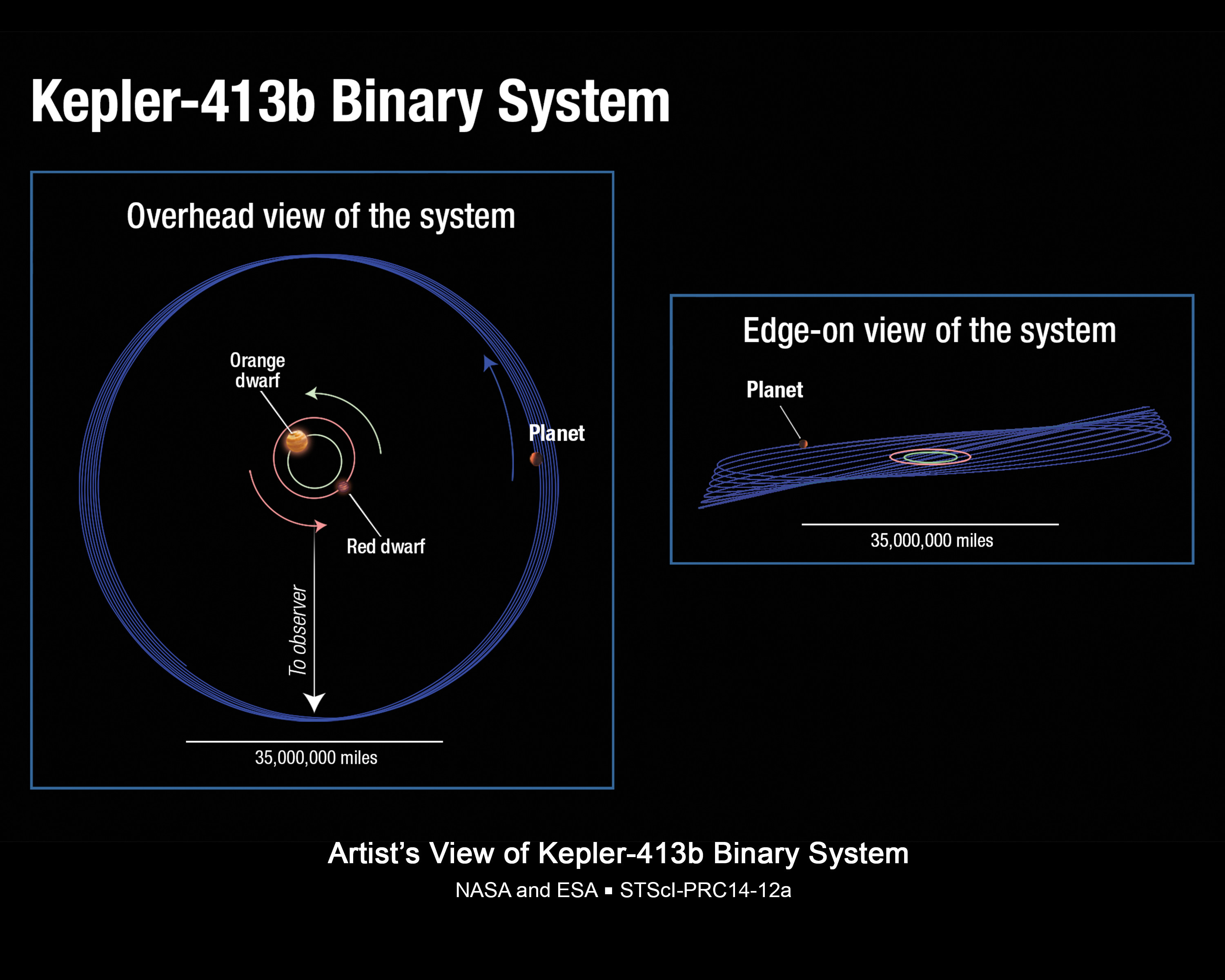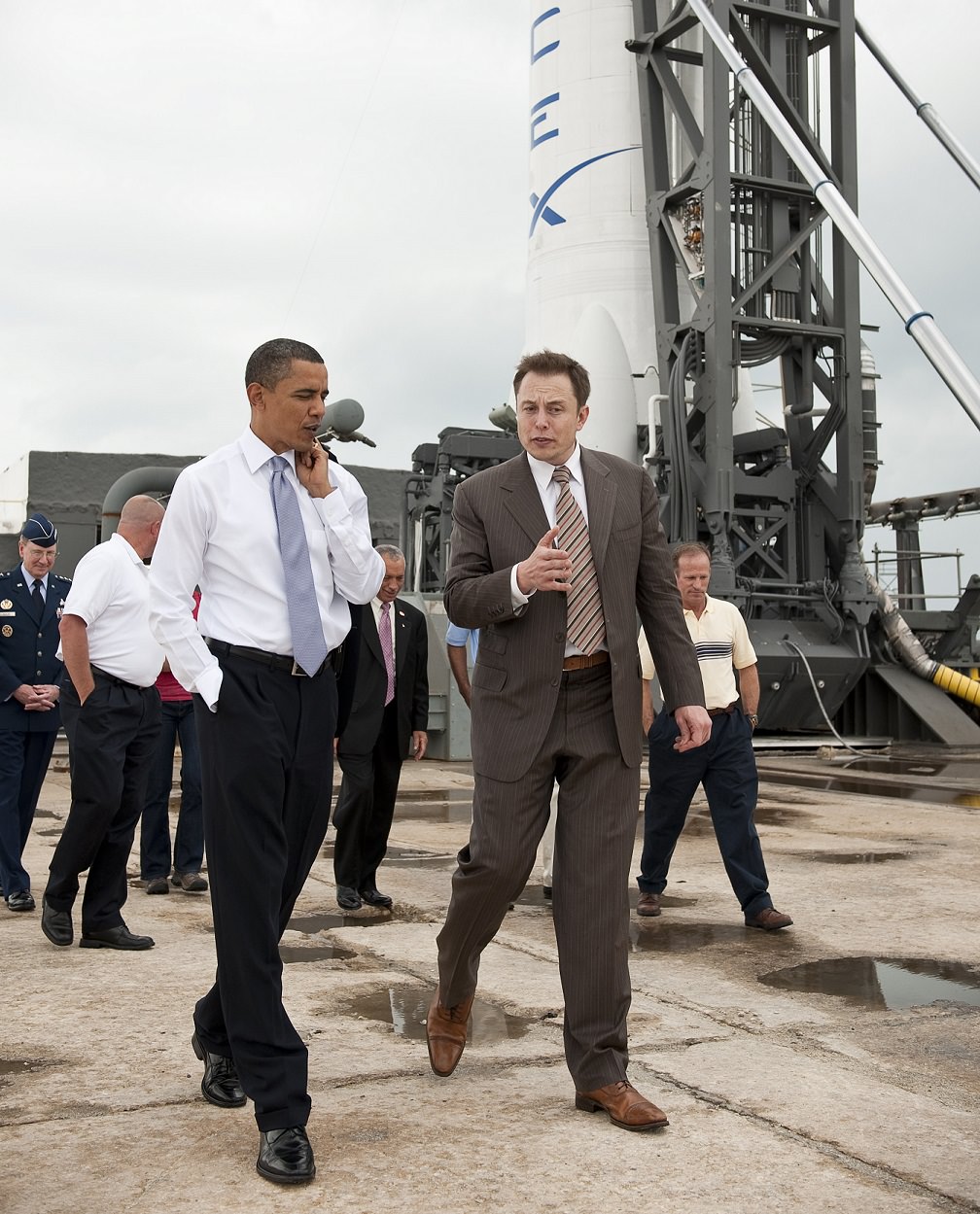About six years ago, the Canadarm — Canada’s iconic robotic arm used in space — was almost sold to a company in the United States, along with other space technology from MacDonald, Dettwiler and Associates. The Canadian government blocked the sale and swiftly came out with a promise: a space policy to better support Canada’s industry.
That promise was made in September 2008. “Time is of the essence,” then-Industry Minister Jim Prentice told reporters upon announcing a space policy would be created. Today, 65 months later, the government released the high-level framework of that policy. Astronauts, telescopes and yes, the Canadarm are all prominently mentioned in there.
A lot has happened in six years. Policy-makers used to cite successor Canadarm2’s role in space station construction. Now the arm also does things that were barely imaginable in 2008 — namely, berthing commercial spacecraft such as SpaceX’s Dragon at the International Space Station. It shows how quickly space technology can change in half a decade.
At 13 pages, there isn’t a lot of information in Canada’s framework yet to talk about, but there are some statements about government priorities. Keep the astronaut program going (which is great news after the success of Chris Hadfield). A heavy emphasis on private sector collaboration. And a promise to keep funding Canada’s contribution to the James Webb Space Telescope, NASA’s next large observatory in space.
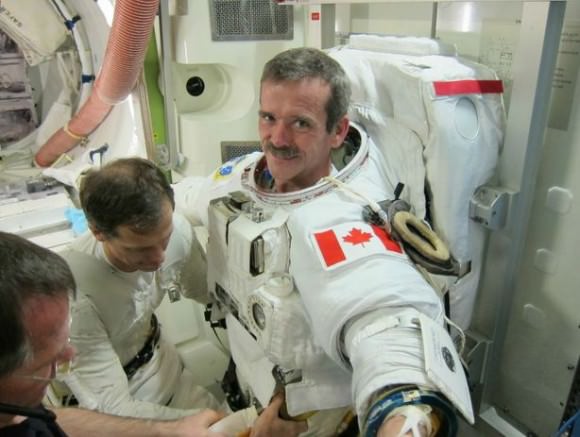
These are the Top 5 priorities listed in the plan:
- Canada First: Serving Canada’s interests of “sovereignty, security and prosperity.” As an example: The country has a huge land-mass that is sparsely populated, so satellites are regularly used to see what ship and other activity is going on in the territories. This is a big reason why the Radarsat Constellation of satellites is launching in 2018.
- Working together globally: Canada has a tiny space budget ($488.7 million in 2013-14, $435.2 million in 2014-15 and $382.9 million in 2015-16), so it relies on other countries to get its payloads, astronauts and satellites into space. This section also refers to Canada’s commitment to the International Space Station, which (as with other nations) extends to at least 2024. That’s good news for astronauts Jeremy Hansen and David Saint-Jacques, who are waiting for their first trip there.
- Promoting Canadian innovation: The James Webb Telescope (to which Canada is contributing optics and a guidance system) is specifically cited here along with the Canadarm. Priority areas are Canada’s historic strengths of robotics, optics, satellite communications, and space-based radar, as well as “areas of emerging expertise.”
- Inspiring Canadians: Basically a statement saying that the government will “recruit, and retain highly qualified personnel,” which in more real terms means that it will need to keep supporting Canadian space companies financially through contracts, for example, to make this happen.
That last point in particular seemed to resonate with at least one industry group.

“A long-term strategic plan for Canada’s space program is critical for our industry. In order to effectively invest in innovation, technology and product development, we rely heavily on knowing what the government’s priorities for the space program are,” stated Jim Quick, president of the Aerospace Industries Association of Canada (a major group that represents the interests of private space companies.)
While we wait for more details to come out, here’s some valuable background reading. The space-based volume of the Emerson Report (the findings of a government-appointed aerospace review board listed in 2012) called for more money for and more stable funding of the Canadian Space Agency, among other recommendations.
And here’s the government’s point-by-point response in late 2013. In response to funding: “The CSA’s total funding will remain unchanged and at current levels. The government will also leverage existing programs to better support the space industry.” Additionally, the CSA’s space technologies development program will be doubled to $20 million annually by 2015-16, which is still below the Emerson report’s recommendation of adding $10 million for each of the next three years.
What are your thoughts on the policy? Let us know in the comments.

